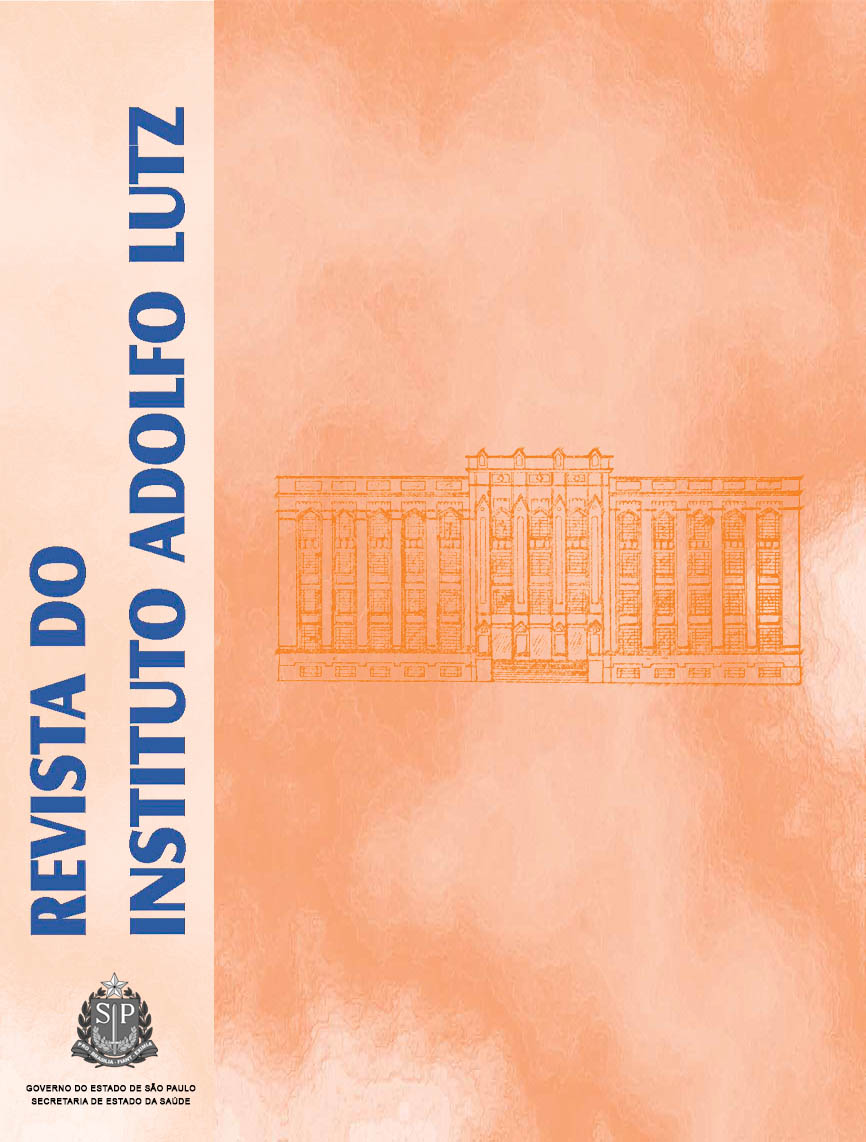Abstract
Lipids are food components of the human nourishment, and the concentration of these constituents affect on liposoluble vitamins levels, such as vitamin A which takes part in biological processes of reproduction, in visual cycle and in cellular differentiation. As the cream cheese, made from molten milk, is considered the source of this micronutrient, the retinol concentrations in cream cheese samples marketed in the city of Natal, RN were investigated. Three units of each cream cheese kinds, that is, the whole type and skimmed type from two brands (A and B) were purchased from a supermarket of that city. After processing the retinol extraction, its concentration was determined by means of high performance liquid chromatography. The average of retinol concentrations in cream cheese samples from two brands were 40.5 ± 0.7 and 14.3 ± 4.5μg/100g in whole and skimmed samples from brand A (p<0.05), respectively, and 75.7 ± 3.51 and 26.3 ± 2.52μg/100g in whole and skimmed types from brand B (p<0.05), respectively. The whole cream cheese showed higher concentration of retinol than the skimmed type, although the found retinol levels were lower than those values elsewhere reported. The retinol contents dissimilarity might occurs as no standard operational protocol for cream cheese production has been available yet.References
1. Munck AV, Campos WA. Requeijão: um produto brasileiro. InfAgropec.1984; 10:35-8.
2. Rodrigues, F. Requeijão Crioulo. Queijos no Brasil. Disponível em: http://www.queijosnobrasil.com.br/queijo/tipos/requeijao.htm. Acesso em 2 jul. 2008.
3. Baroni AF, Freitas IC, Cunha RL, Hubinger MD, Menegalli FC.Caracterização reológica de requeijão cremoso tradicional e com teorreduzido de gordura: viscosidade extensional e em cisalhamento. BrazJ Food Technol.1999; 2: 21-9.
4. Soares FM, Fonseca LM, Martins RT, Machado EC, Pereira Jr FN,Fonseca CSP. Influência do concentrado protéico de soro nacomposição do requeijão em barra com teor reduzido de gordura. ArqBras Med Vet Zootec.2002; 54(6): 643-7.
5. ANVISA. Agência Nacional de Vigilância Sanitária. Regulamento Técnico MERCOSUL de Identidade e Qualidade do Requeijão. Disponível em: <http://anvisa.gov.br/legis/resol/mercosul/alimentos/82_96.htm>.
Acesso em 2 jul. 2008.
6. FOODBASE. Base de dados em CD-ROM da Legislação Brasileira.Associação Brasileira das Indústrias de Alimentos, 1996.
7. Brasil. Portaria nº 27 SVS/MS, de 13 de janeiro de 1998. Regulamento Técnico referente à Informação Nutricional complementar. DiárioOficial da União. 1998 16 jan; (11-E):1; Seção 1.
8. Castro AF, Prestes MM, Ribeiro L, Imianovsky U, Reiter MGR.Qualidade sensorial e microbiológica do requeijão tradicional e light.Rev Inst Lat Cândido Tostes.2002; 57(327):160-2.
9. Silva PHF. Leite: Aspectos de Composição e Propriedades. QNEsc. 1997; 6:3-5.
10. Dimenstein R. Estudo da transferência materno fetal de vitamina A ecarotenóides sob condições adequadas e sub-adequadas do estadonutricional materno em vitamina A [Tese de doutorado]. Rio de Janeiro(RJ): Universidade Federal do Rio de Janeiro; 1999.
11. Combs GF. Vitaminas. In: Mahan LK, Escott-Stump S. Krause: Alimentos, nutrição e dietoterapia, 10ª ed., São Paulo: Ed. Roca;2002. p. 67-71.
12. Almeida-Muradian LB, Penteado MVD. Vitamina A. In: Penteado MVD. Vitaminas:aspectos nutricionais, bioquímicos, clínicos eanalíticos. São Paulo: Manole; 2003. p. 55–72.
13. IOM (Institute of Medicine). Vitamin A. In: Food and Nutrition Board.IOM (Institute of Medicine). Dietary reference intakes for vitamin A, vitamin K, arsenic, boron, chromium, cooper, iodine, iron, manganase, molybdenum, nickel, silicon, vanadium, and zinc. 1st ed. Washington, DC: National Academy Press. 2001: 82-161.
14. Giuliano AR, Neilson EM, Kelly BE, Canfield LM. Simultaneousquantitation and separationof carotenoids and retinol in human milkby high–performance liquid chromatography. Methods Enzymol. 1992;213:391–9.
15. Nierenberg DW, Nann SL. A method for determining concentrationsof retinol, tocopherol, and five carotenoids in human plasma andtissue samples. Am J Clin Nutr. 1992; 56:417-26.
16. TACO. Tabela Brasileira de Composição de Alimentos/NEPA-UNICAMP- Versão II. 2.ed. - Campinas: NEPA-UNICAMP, 2006.113p
17. U.S. Department of Agriculture. Agricultural Research Service. 2007. USDA National Nutrient Database for Standard Reference, Release 20. Nutrient Data Laboratory Home Page, http://www.ars.usda.gov/ba/bhnrc/ndl. Acesso em 13 abr. 2008.
18. Soares FB, Sousa JM, Dimenstein R. Avaliação da concentração deretinol em leite UHT (“Ultra High Temperature”) comercializado emNatal, Rio Grande do Norte. Quim Nova.2008; 31(2):268-9.
19. Bianchini R, Penteado MD. Teores de retinol, b-caroteno e a-tocoferolem leites bovinos comercializados na cidade de São Paulo. Ciênc Tecnol Aliment. 1999; 19(3): 349-55.

This work is licensed under a Creative Commons Attribution 4.0 International License.
Copyright (c) 2008 Instituto Adolfo Lutz Journal
